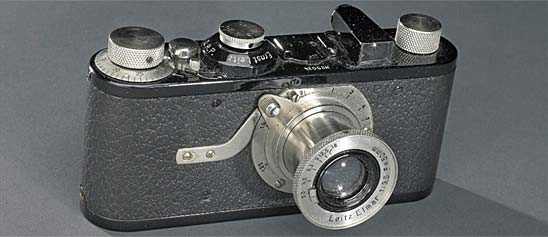Platinum print, matted; Metal gears. Signed and dated on mat, pencil.The Paul Outerbridge collection consists of six platinotype prints and five 5 Carbro color prints.
- Description (Brief)
-
Platinum print, matted; Metal gears. Signed and dated on mat, pencil.
- Description
-
The Paul Outerbridge collection consists of six platinotype prints and five 5 Carbro color prints. In 1959, the Smithsonian Institution collected these eleven prints from Paul Outerbridge’s widow to produce a solo exhibition of his work. Outerbridge was known as a pioneer in the school of modern photography. “He was capable of transforming everyday objects into virtual abstractions in which harmonious patterns of mass and line, light and shade superseded our conventional perceptions of such objects.” Through Outerbridge’s work in both black and white and color photography, he transformed the general artistic concerns of the avant-garde into the language of photography.
-
Paul Outerbridge, Jr. (1896-1958) was born to a prominent surgeon’s family in Manhattan, New York City on August 15, 1896. Upon his return from military service and contrary to his family’s wishes, Outerbridge shied away from a traditional university education, deciding instead to pursue a career in the arts. In 1921, he studied in the Clarence White School of Photography in New York. Outerbridge took easily to the medium. In 1922 he was published for the first time in Vogue magazine.
-
Outerbridge married first wife Paula Smith in 1925 and the young couple immediately moved to Paris. There he studied with such avant-garde artists as Marcel Duchamp. In 1928 Outerbridge and Smith separated. He moved to Berlin to become involved in the emerging German cinema.
-
Unsuccessful in making the transition to film, Outerbridge returned to New York City in 1929. However, he was unhappy with the city life and built a studio in his country home to resume his photographic work. Outerbridge was one of the first photographers to fully appreciate the impact color photography would make on the field. He developed a version of the Carbro color process, a combination of Carbon tissues and Bromide prints used to create permanent, extra-dimensional prints.
-
Outerbridge’s prints were mainly created for commercial purposes. However, privately he was fascinated with the nude figure. Outerbridge used his color prints to study the female nude.
-
In 1943 Outerbridge moved to Hollywood and eventually Laguna Beach, CA. Two years later he married Lois Weir, a California fashion designer. On October 17, 1958 Outerbridge died of lung cancer.
-
The Library of Congress, Prints & Photographs Division maintains a small collection of six of Outerbridge’s platinotype prints. The National Gallery of Australia has a significant collection.
- Location
-
Currently not on view
- date made
-
1923
- maker
-
Outerbridge, Jr., Paul
- ID Number
-
PG.006060
- catalog number
-
6060
- accession number
-
223759
